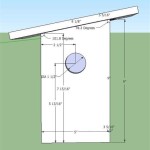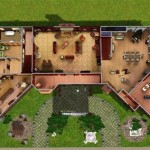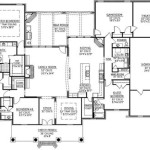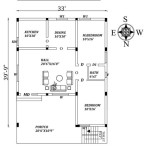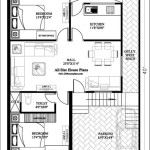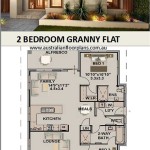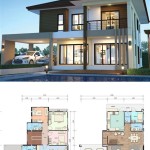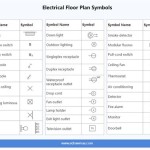Treehouse Bunk Bed Plans: Building a Magical Sleep Sanctuary
A treehouse bunk bed is more than just a piece of furniture; it's a portal to a world of imagination and adventure. It's a cozy retreat, a secret hideaway, and a place where dreams take flight. Building a treehouse bunk bed is a rewarding project that allows you to create a truly unique and enchanting space for your children. This article will provide a comprehensive guide to treehouse bunk bed plans, outlining the key steps, materials, and design considerations for bringing this whimsical dream to life.
Conceptualizing the Design
The first step is to envision the overall aesthetic and functionality of your treehouse bunk bed. Consider the age and interests of your children, the available space, and your desired level of complexity. Do you want a classic treehouse design with a roof and windows, or a more minimalist approach with a simple platform and a ladder? Choose a theme that resonates with their personalities, whether it's a pirate ship, a fairy tale castle, or a cozy woodland cabin.
Consider incorporating interactive elements like a rope ladder, a slide, or a secret compartment. You can also personalize the design by adding decorative features like hand-painted murals, nature-inspired accents, or a whimsical string of fairy lights. The possibilities are limited only by your imagination and carpentry skills.
Choosing the Right Materials
The choice of materials is crucial for the structural integrity and aesthetic appeal of your treehouse bunk bed. Opt for durable and safe materials that can withstand the weight and daily wear and tear.
Here are some common materials used for treehouse bunk bed construction:
- Wood: Pine and cedar are popular choices due to their affordability, durability, and natural beauty. They are easy to work with and can be stained or painted to match your desired theme.
- Plywood: Plywood provides strength and stability, making it ideal for the platform, sides, and roof of the bunk bed. It's available in various thicknesses to suit your needs.
- Hardware: Use high-quality screws, bolts, brackets, and hinges for secure assembly. Consider using rust-resistant options for outdoor use.
- Finishing: Use eco-friendly paints, stains, and varnishes for protecting and enhancing the wood. Opt for child-safe options with low VOCs.
Constructing the Treehouse Bunk Bed
With your design finalized and materials gathered, it's time to start building. The construction process involves several steps:
- Building the Frame: Start by constructing a sturdy frame using the chosen wood and hardware. Ensure the frame is square and level for stability.
- Creating the Platform: Attach the plywood platform to the frame, making sure it's strong enough to support the weight of the mattress and sleepers.
- Adding the Sides and Back: Build the sides and back of the bunk bed using plywood or wood panels, creating a secure enclosure. You can add windows or other decorative features at this stage.
- Building the Roof: If you're going for a classic treehouse design, build a roof structure using plywood or wood beams and support it with wooden brackets.
- Assembling the Ladder: A securely attached ladder is essential for accessing the top bunk. Use sturdy wood and secure handrails for safety.
- Finishing Touches: Once the basic structure is complete, add your desired finishing touches like paint, stain, and decorative elements.
Remember to follow all safety guidelines and building codes during the construction process. Ensure the bunk bed is stable, secure, and meets all safety standards before allowing children to use it.
Safety Considerations
Safety should be a top priority when building a treehouse bunk bed. Here are some crucial points to consider:
- Stability: Reinforce the frame and platform with adequate support to ensure the bunk bed can withstand the weight of the sleepers.
- Rails and Handrails: Install sturdy guard rails and handrails on the top bunk and ladder to prevent falls.
- Ladder Security: Ensure the ladder is securely attached and provides a stable ascent to the top bunk.
- Materials: Use non-toxic paints and finishes that are suitable for children. Avoid using any loose or potentially harmful materials.
- Supervision: Always supervise young children when they are using the treehouse bunk bed.
Building a treehouse bunk bed is a challenging but rewarding project. With careful planning, the right materials, and attention to safety, you can create a magical space for your children to enjoy for years to come. By combining creativity and craftsmanship, you can transform a simple bunk bed into a beloved haven where their imaginations can run wild.

10 Easy Steps To Build A Diy Clubhouse Bed The Owner Builder Network House Beds For Kids Tree Bedroom

12 Diy Indoor Treehouse Ideas Kids Beds Play Areas Tree House Bunk Bed Loft

Diy Wood Pallets Tree House Bunk Bed Pallet Furniture

3 Diy Treehouse Beds To Build For Your Kids Room A Play Area

Clubhouse Bed Ana White

Diy Wood Pallets Tree House Bunk Bed Pallet Furniture

23 Epic Tree Houses That Ll Put Your Head In The Clouds Treehouse Loft Bed House Bunk

3 Diy Treehouse Beds To Build For Your Kids Room A Play Area

68 Creative Space Saving Bunk Bed Ideas For Every Room Tree House Beds

Mathy By Bols Loft Bed With Slide Tree House Bunk Cottage

